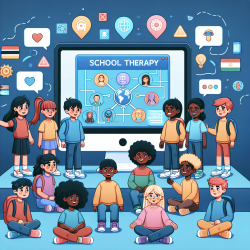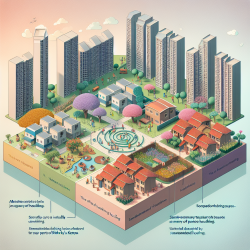Understanding Vaccine Hesitancy: Insights for Practitioners
In the wake of the COVID-19 pandemic, vaccine hesitancy has emerged as a significant barrier to achieving widespread immunity. The research article titled "COVID-19 vaccine hesitancy January-May 2021 among 18–64 year old US adults by employment and occupation" offers valuable insights into this issue. As practitioners dedicated to improving outcomes for children, understanding these findings can guide us in addressing vaccine hesitancy within school communities.
Key Findings from the Research
The study highlights a decline in vaccine hesitancy from 26% to 19% among employed adults aged 18–64 over the period from January to May 2021. However, hesitancy varied significantly across different occupational groups, with rates ranging from 7% in computer/mathematical professions to 45% in construction/extraction jobs. The primary reasons for hesitancy included concerns about side effects, lack of trust in the vaccines, and a belief that vaccination was unnecessary.
Implications for School-Based Practitioners
For practitioners working in school settings, these findings underscore the importance of tailored communication strategies. Here are some actionable steps based on the study's outcomes:
- Focus on Safety Messaging: Given that concerns about side effects were prevalent, providing clear, evidence-based information about vaccine safety can alleviate fears.
- Build Trust: Engage with school communities to build trust in the vaccination process. This can be achieved through transparent communication and involving trusted community figures in advocacy efforts.
- Address Misconceptions: Work to dispel myths about vaccine necessity by highlighting the benefits of vaccination not only for individual health but also for community safety.
Encouraging Further Research
The study also indicates the need for ongoing research to understand the evolving landscape of vaccine hesitancy. Practitioners can contribute to this body of knowledge by conducting surveys within their own communities to identify specific barriers and facilitators to vaccination. This localized data can inform targeted interventions that resonate with specific populations.
Conclusion
By leveraging the insights from this study, practitioners can play a pivotal role in reducing vaccine hesitancy within schools. Through strategic communication and research efforts, we can enhance vaccine uptake and contribute to safer, healthier school environments.
To read the original research paper, please follow this link: COVID-19 vaccine hesitancy January-May 2021 among 18–64 year old US adults by employment and occupation.










